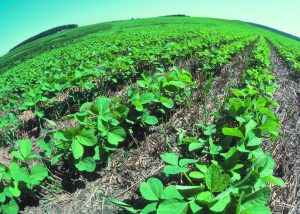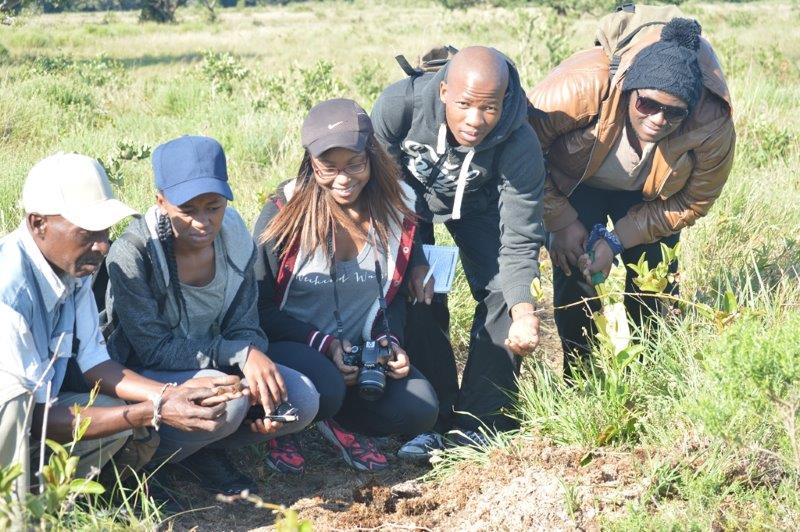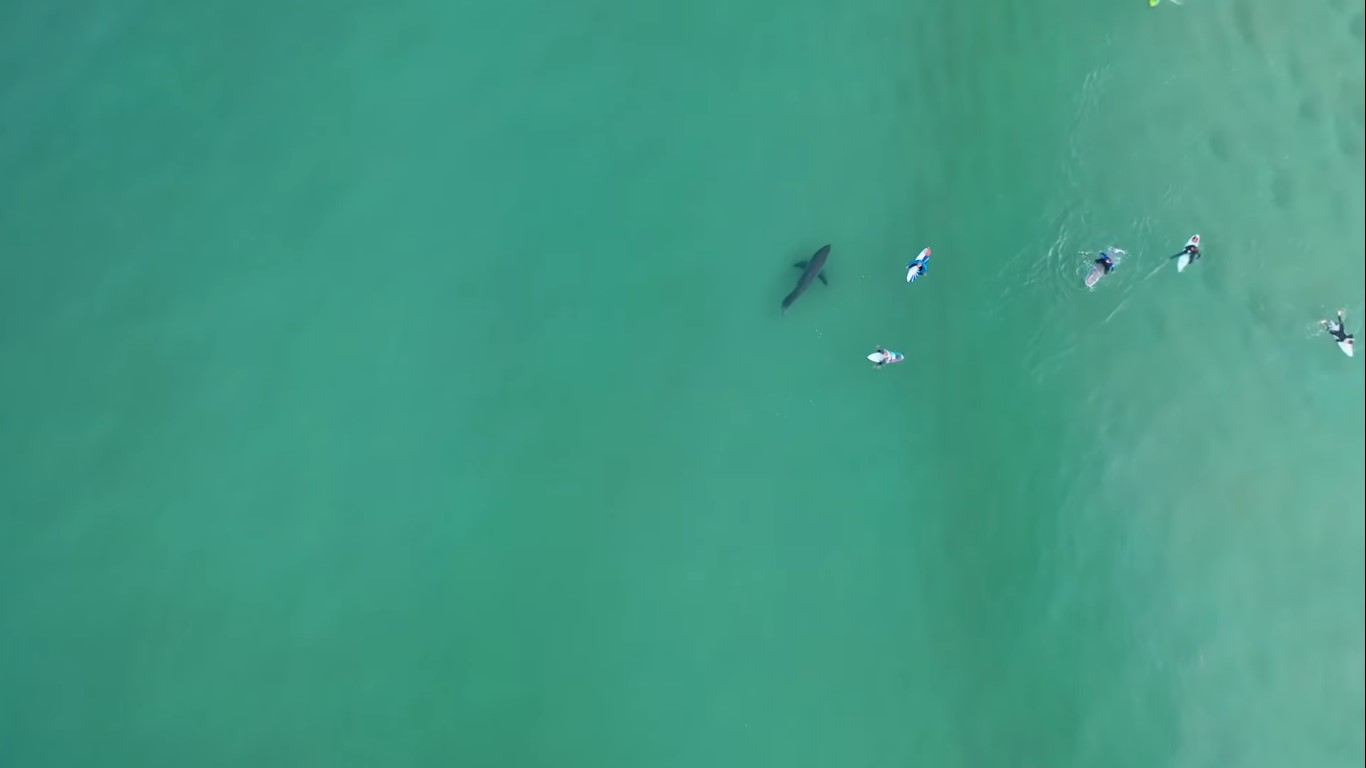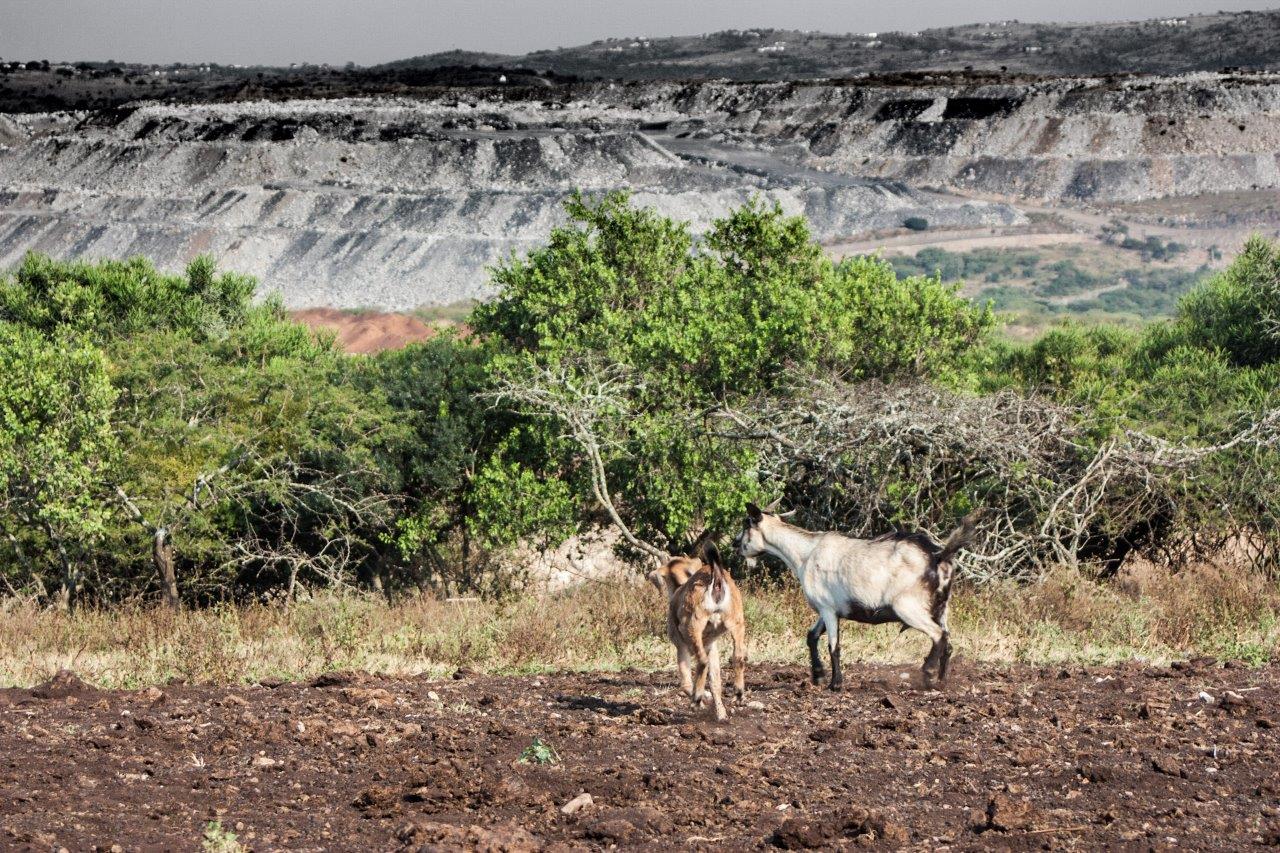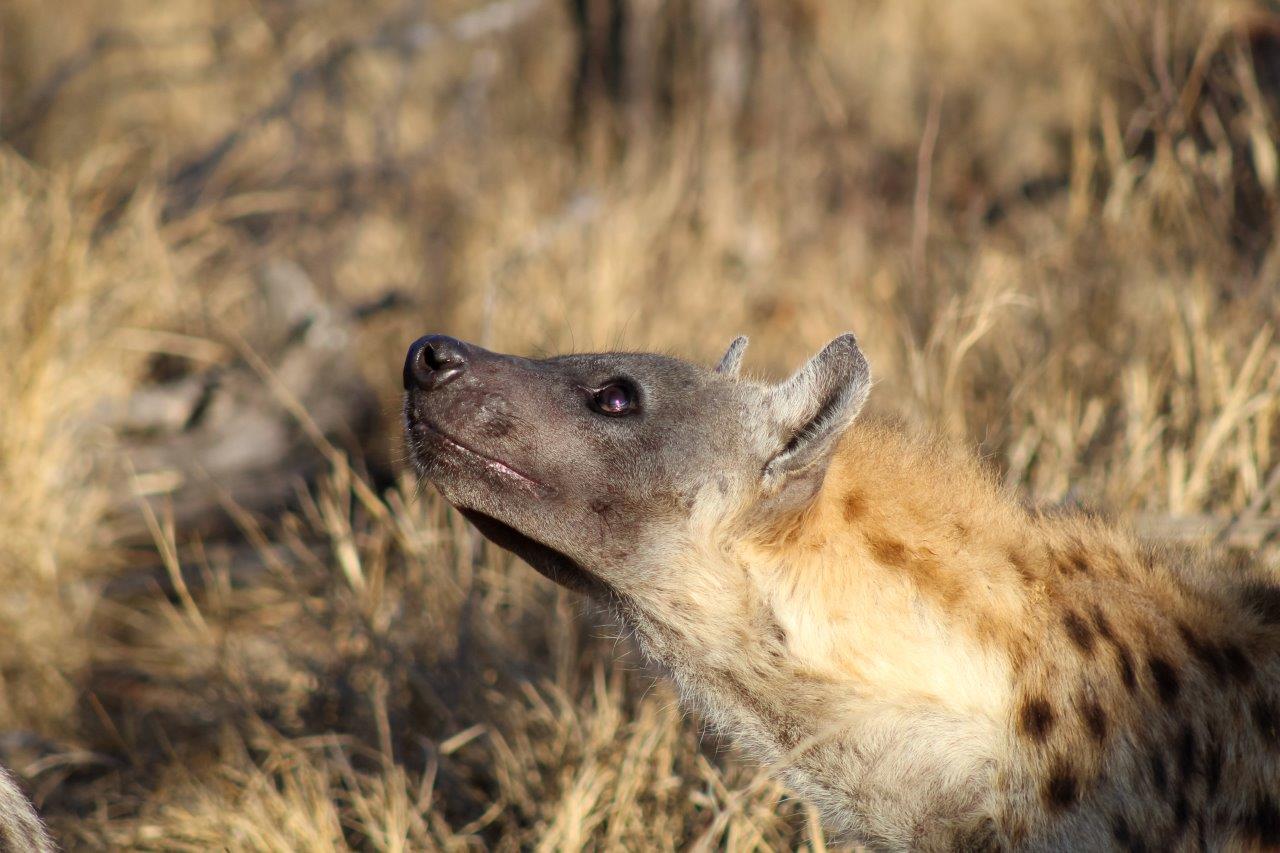But today’s no-till agriculture repairs the land
Farmers were for years innocently unaware of the harm caused by DDT, writes Charlie MacGillivray, chairman of the Karkloof Conservancy and a dairyman of 40 years.
I shudder when I think back to how we farmers used DDT to control stalk borer and other pests, ignorant of the lingering harm it caused.
But we simply used products that were available and employed methods that were in vogue and recommended by agricultural experts, researchers and machinery sales people.
It was not an “addiction”, as suggested by Dr Andrew Venter in his recent article on the ultimate cost to the environment, wildlife and human health.
DDT was recommended to us for the control of yield debilitating pests and weeds.
Happily, technology and research have completely changed the products and methods we can use.
No-till, or conservation tillage, has become more widely accepted throughout KwaZulu-Natal.
This is a technique for growing crops or pasture without disturbing the soil. It reduces soil damage, erosion and dust.
It also results in lower carbon emission and requires less diesel.
No-till sequestrates carbon and builds soil organic activity and content.
It better retains moisture in the composted, deep topsoil layer.
Parlous
In the past 30 years wattled crane numbers have increased from a parlous 130 to 360 in the 2019 count.
This count covers a range from Northern KwaZulu-Natal, through the province’s Midlands and Drakensberg regions, and as far south as Kokstad and Cedarville.
But the species remains seriously endangered in South Africa. More must be done to return more suitable habitat so these majestic sentinels can flourish.
The increase in wattled crane numbers over the past 20 years coincides with the introduction of conservation tillage.
In addition, we have come to recognise the critical role of wetlands and the conservation of soil moisture.
Progressive and successful no-till farmers have built the organic carbon content of the soil, improving soil health.
Coincidentally, these farmers enjoyed better yields, while reaping environmental benefits.
Crane numbers are our proverbial “canaries” and no-till farming is, in the best sense of the phrase, “for the birds”.
